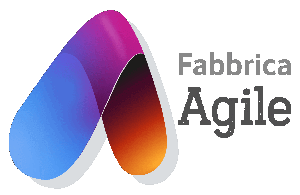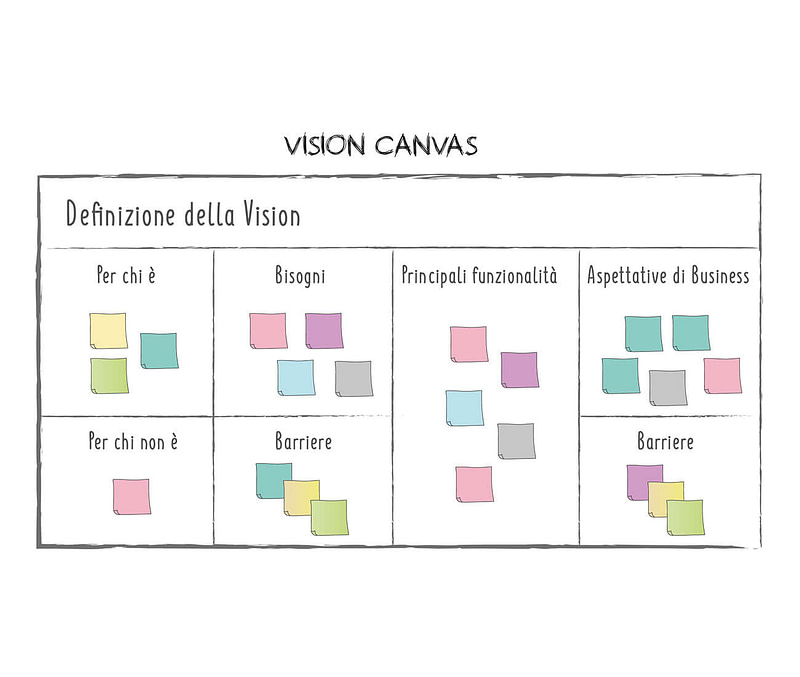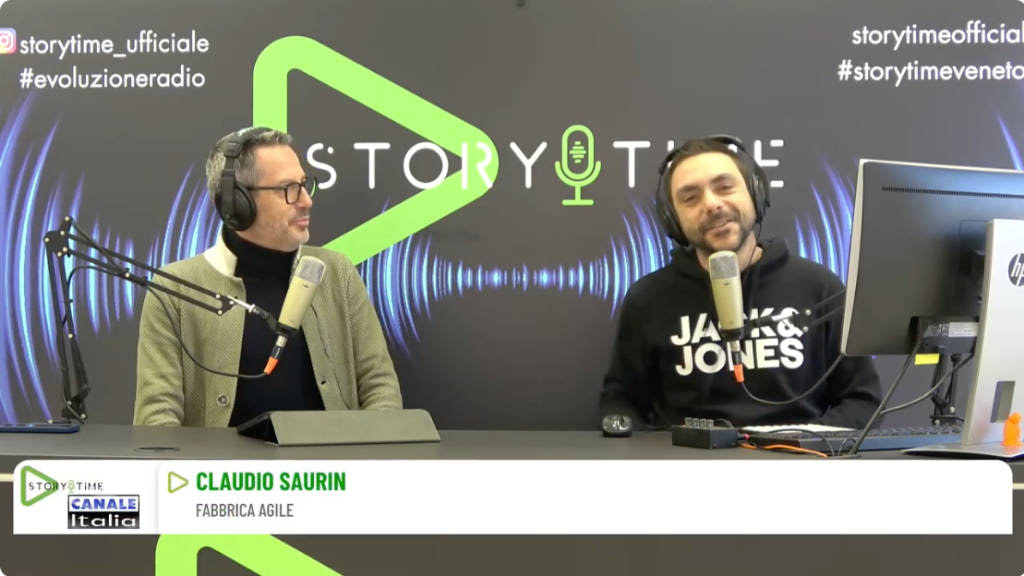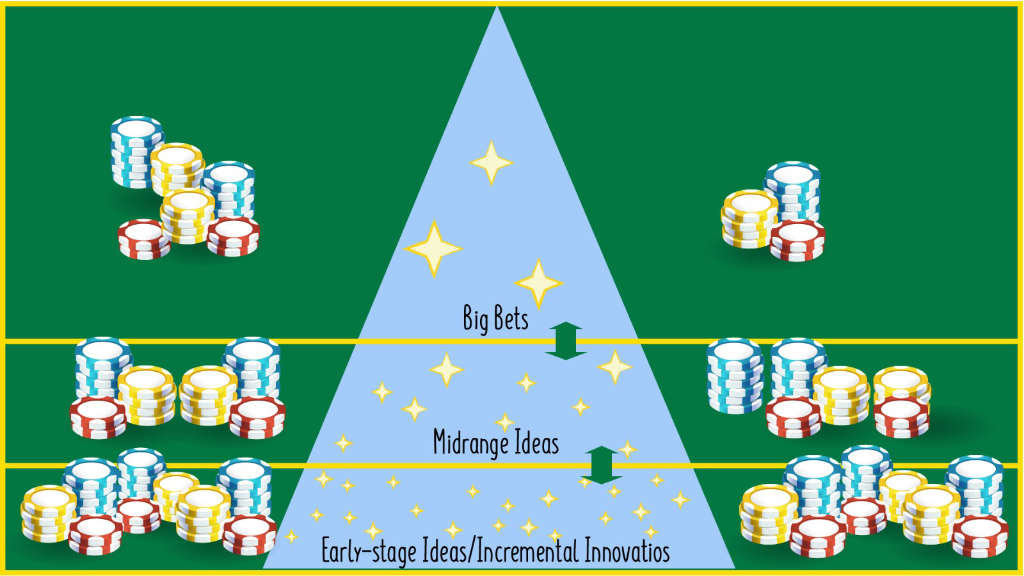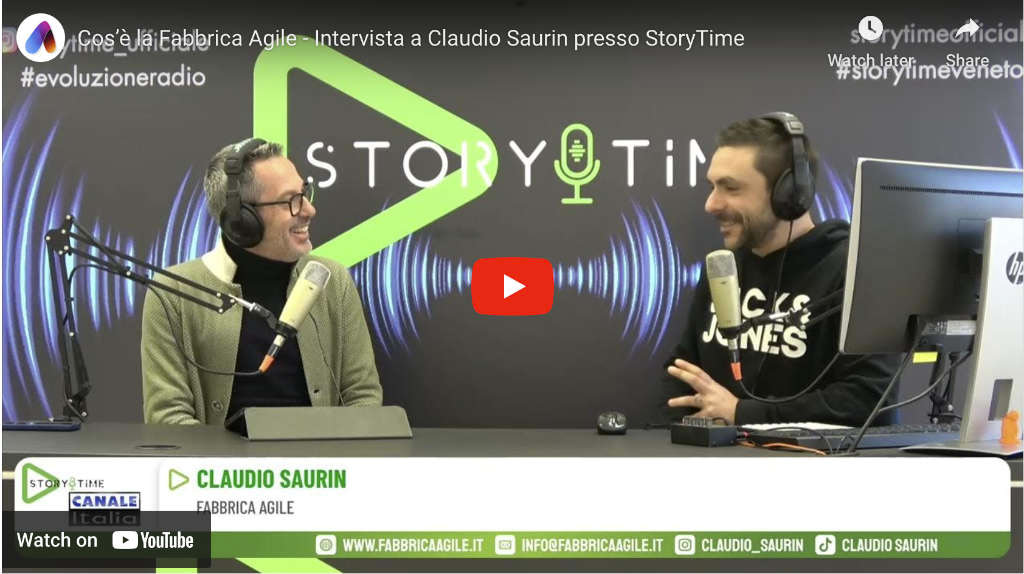In the years I have spent with my teams developing new products, the thing I have regretted most was creating very well, technically and in terms of the way they were executed, products with modest commercial results despite having very motivated teams.
Indeed, there is no greater waste and source of demotivation than engaging teams of competent, close-knit people in projects with little or no result for the company. And a similar waste is optimizing a product that is already obsolete or destined to become obsolete soon.
This leads several people outside the development process to think that winning products are developed by exceptional or above-average teams. In fact, I have personally found that this is not always true, and it has been a disappointment for me to see the success of a product from a commercial standpoint associated with the reputation of the development team.
In these cases, the greatest criticism should be placed on the Product Owner, but in private companies with a strong owner’s footprint, the role of the PO is often very difficult. Companies have often grown because of the commercial flair of their top management, and it is a very difficult job to try to objectify more of the choices of products to be developed and even more of those not to be developed.
For these reasons, it was very important for me to try to reduce this great waste of resources by building a minimal, no-frills process for developing a product.
The initial selection of product ideas is extremely important, and I have been able to see in practice that employing Canvas boards encourages a healthy discussion among the people best suited to assess market impact by involving top management. Doing so reduces the number of unsuccessful projects in the market.
In these very early stages, the Vision Canvas proves very effective because it focuses on market-oriented questions and business expectations while leaving costs aside. It allows you to be relatively fast and avoids the initial over-selection.
Indeed, it is better to invest a few months in a phase of exploring ideas even if they are not fully promising, than to fail a product that will later prove successful.

